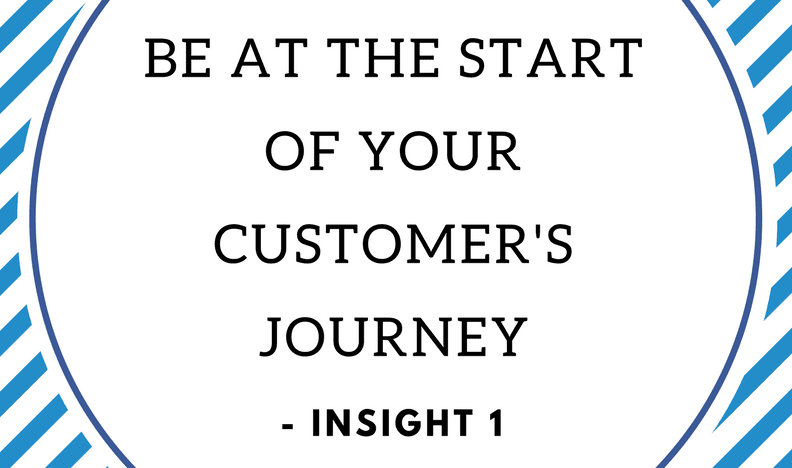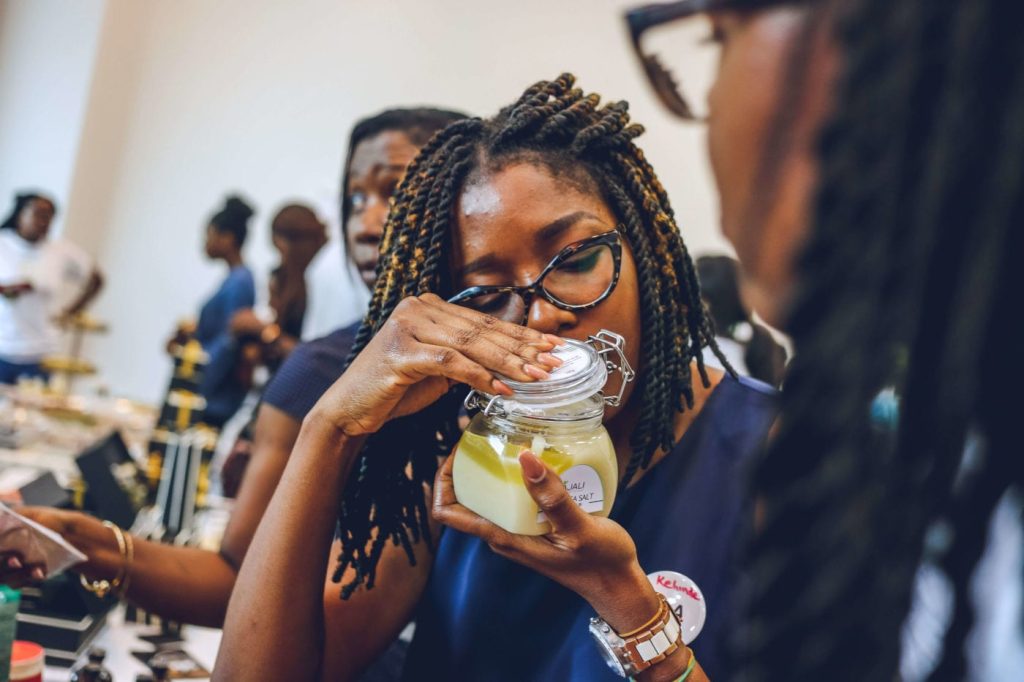The Customer Service Series: Be at the start of your customer’s journey

[bctt tweet=”Think your customer’s journey begins when they reach you? Think again” username=”SheLeadsAfrica”] Some weeks ago I started reading a book on customer experience called How to Wow by Adrian Swinscoe. The practical insights contained in the book are pretty much what inspired The Customer Service series. Over the next few weeks, I’ll be sharing insights from this book alongside some of my own thoughts because what is knowledge if it isn’t shared? So, if you are a business owner looking to improve (or even craft) your customer experience you might want to: Purchase the book, it’s available on Amazon Follow this series and join the conversation on Facebook, Twitter, and Instagram. Now, moving on to the first insight, I’d start by explaining what the term ‘customer journey’ means and entails. Think of the customer journey as a roadmap detailing how a customer becomes aware of your brand/business, interacts with and buys from you–and beyond. The customer journey is the complete sum of experiences that customers go through when interacting with your business and brand. INSIGHT 1: Be at the start of your customer’s journey As a business owner, you might be tempted to think (wrongly) that your customer’s journey begins when he or she steps into your office or visits your website or sends you a DM. On the contrary, when you study the consumer buying process (see image below) you’d realize that in most cases it actually begins way earlier. Let me give you a real-life example. Two weeks ago I wanted to buy a ready to wear Ankara dress for a church event and because I didn’t know whom to speak to I went to Google. Some results came up but none were relevant and could solve my problem. On Instagram, I searched for the hashtag #ReadyToWearAnkaraDress and on Twitter, I asked my ‘followers’ for recommendations. Now as a fashion designer/retailer who has ready to wear Ankara dresses as a product offering, why not consider running a Google AdWords campaign that’d bring up your business whenever relevant queries are done? What if your IG posts had the right hashtags? What if you proactively and regularly search out specific keywords on Twitter that relate to your business and product offerings? You’d easily have found a prospective customer (me) and begin to make your sales pitch rather than just waiting for me to find you by God’s grace. Does this make any sense? So as regards your business you need to begin to ask some serious questions. What does your customer journey look like? Where does it start? And are you (always) there to reach out, offer help and make your sales pitch?
How to make the switch from consumer to producer

[bctt tweet=”Most of us consumers never think about how we can join the elite community of producers” username=”SheLeadsAfrica”] What are some of the things you consume or do daily? If you are anything like me, there’s a newspaper column that I am obsessed with. It brings out issues that greatly resonate with me. I also feel lost when I don’t have my phone. For you, it could be going out to your favourite bar to get some drinks with friends. Or it could be listening to that great music or watching the latest season of Orange is the New black (well, that’s me again). Absolutely everything we use in life was created by someone. Well, apart from the air we breathe and other gifts of nature. Someone went out of their way to create that video game that you can’t get enough of. Unfortunately, most of us just buy things. We never think about how we can also join the elite community of producers. I mean, wouldn’t it feel good if your name was on a product/service that people value? I am going to show you how to get in touch with your fabulous producer side. First, let’s look at the attitudes that define consumers and producers. The consumer attitude Consumers are passive about their ability to grow, reactive about life and unquestioning of their environment. They take life as it is, conforming to the standards set for them by society (or producers). When it comes to their finances, consumers buy their way to financial scarcity, but that is a topic for another day. Consumers wait for other people to create opportunities for them. The producer attitude A producer is someone who makes a product or service. Producers usually live outside their comfort zones by constantly looking at how to improve the word around them. Producers create their own lives. They believe that their destiny is in their hands and that if something is to be, then it is up to them. They create value for other people. [bctt tweet=”Producers are constantly looking at how to improve the word around them ” username=”SheLeadsAfrica”] Why the producer attitude is superior You might be wondering why I am rambling on and on… “What’s the big deal about this? Why should I even bother to be a producer? Doesn’t the world need both producers and consumers?” You are right, the world needs both producers and consumers, otherwise there would be no one to utilize the resources that we produce and vice versa. The producer is the one who makes things happen. S/he goes above and beyond to create value for others (and for themselves). And in the process she creates a legacy for herself which lives on even when they are gone. Think people like Steve Jobs and Elon Musk who are known for the personal computer revolution and for launching a landmark commercial spacecraft respectively. If you want to create a legacy that is worth writing about, you will have to step into a producer role, giving some kind of value to the world. [bctt tweet=”@Gloriakambedha’s 3 steps to switching from consumer to producer” username=”SheLeadsAfrica”] How to make the switch… So now that you know why it’s important to make the switch, let’s dive straight into how to go about it using these three steps: Step 1: Practice awareness and question every decision Making the switch to a producer starts with acknowledging that everything around you was created by someone who took a chance. See how you can apply your knowledge and skills to create something of value to the world. The more successful producers who get the greatest reward are those who add the greatest value. When you become more aware of your environment, start questioning every decision you make to consume —whether it is to do with your purchases or the way you spend your time or even the information you read. Step 2: Actively process information Every producer needs information. Thankfully, we live in an information age. However, Instead of processing information passively by spending hours online, producers look for way on how this information will change their life. Everyone starts with consuming information but the intention should be to start producing as soon as possible. However, even students don’t have to just be consumers of knowledge. Students can add value through blogging, entrepreneurial efforts, teaching, etc. Step 3: Action Everyone has something to offer the world. Identify what it is you are good at and offer it to the world. It is a good idea to get inspiration through reading blogs, personal development books, listening to podcasts, attending conferences, but the work will still not be done. You have to be willing to sit down and start creating. It does not have to be perfect. All you need is a vision of what you want to create. The Internet has given us the tools for just anyone to be a producer. Use them. If you want to write, you don’t need any approval from an editor, to start your own show, Youtube is available. Do not be passive about making your own unique contribution to the world. Concluding When you first decide to become a producer, you will not see results right away and you might feel like your time is being put to waste. But do not give up. Overtime, your actions will build momentum and this will define the legacy you will leave.
